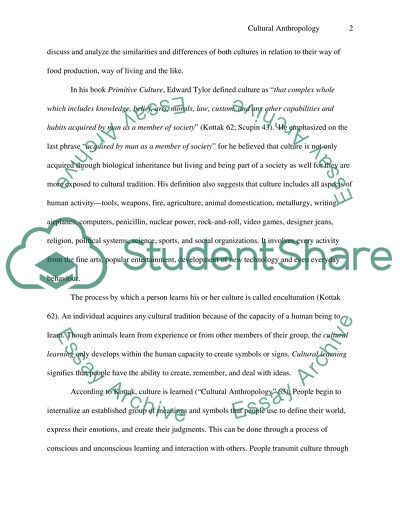Cite this document
(“Cultural Anthropology Essay Example | Topics and Well Written Essays - 1500 words”, n.d.)
Retrieved from https://studentshare.org/miscellaneous/1502749-cultural-anthropology
Retrieved from https://studentshare.org/miscellaneous/1502749-cultural-anthropology
(Cultural Anthropology Essay Example | Topics and Well Written Essays - 1500 Words)
https://studentshare.org/miscellaneous/1502749-cultural-anthropology.
https://studentshare.org/miscellaneous/1502749-cultural-anthropology.
“Cultural Anthropology Essay Example | Topics and Well Written Essays - 1500 Words”, n.d. https://studentshare.org/miscellaneous/1502749-cultural-anthropology.


